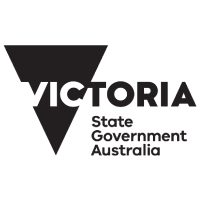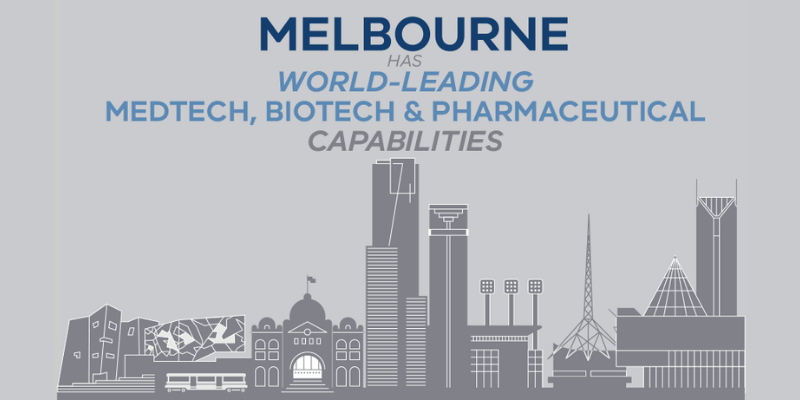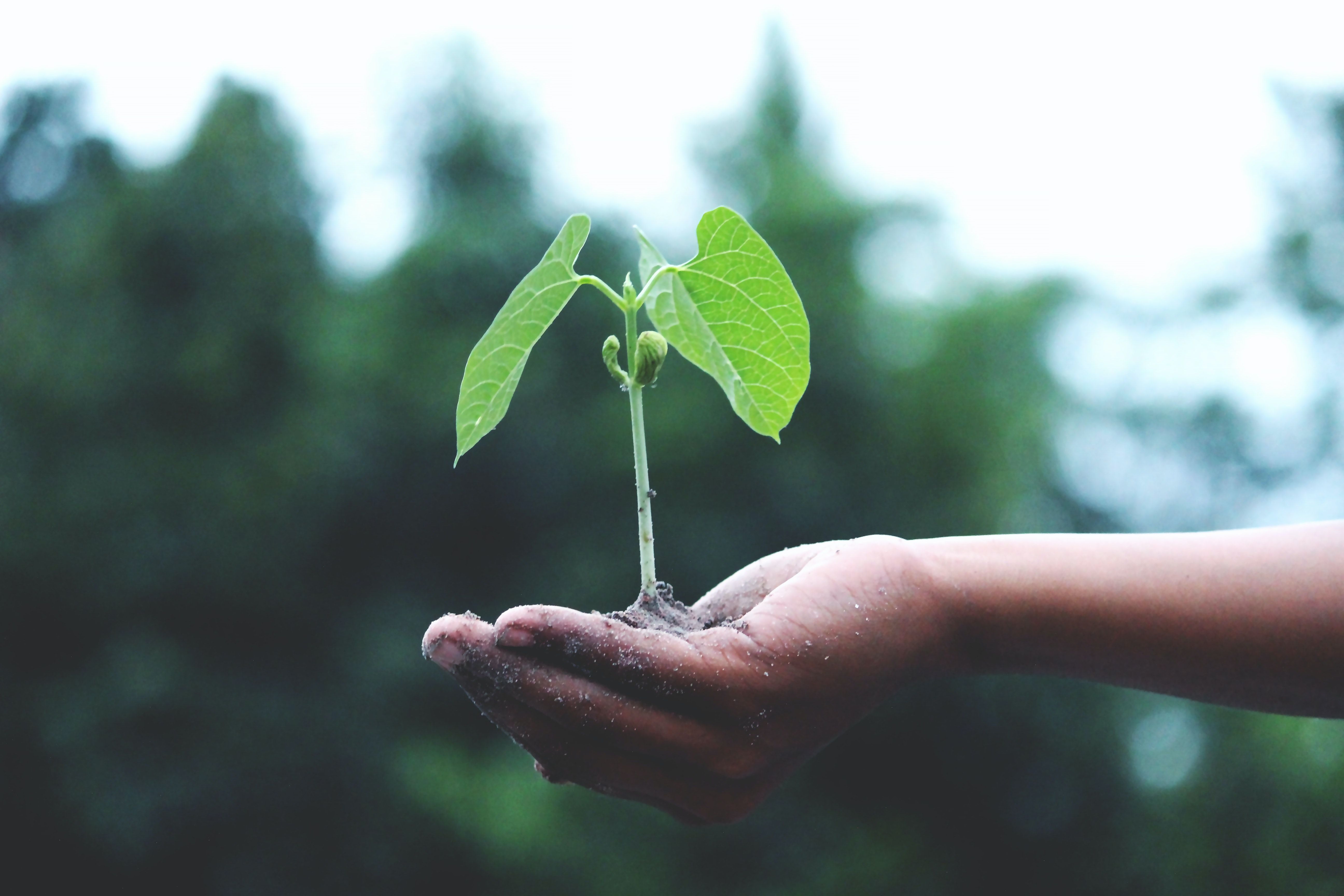
Victoria State Government Australia
View Brand PublisherFrom concept to commercialization: Why Melbourne is becoming the destination for biomedical & life sciences research and innovation
In September 2020, even as Australia was fighting the global COVID-19 pandemic, researchers in Victoria used genome sequencing to identify genetic mutations in SARS-CoV-2 cases. They identified clusters and transmission networks which helped limit the spread of the virus in the Australian state. At the epicentre of this effort was the Peter Doherty Institute for Infection and Immunity. “It was the first institution in the world outside China to sequence the COVID-19 genome, and then provide that to researchers around the world to fight the pandemic,” says Daniel Bisignano, Chief Investment Officer – MrNA Victoria.
This is just a small instance that brings to the fore the strength of Melbourne’s decades old biomedical and life sciences sector, which is today among one of the world’s largest biotechnology clusters. The 350 global and homegrown companies contribute more than US$12 billion in economic activity. CSL and Catalent Pharma Solutions are among several big companies which all have recently expanded their Victorian facilities. More than 40 percent of the Australian ASX-listed life science companies are based in Melbourne and partner closely with the multinational companies based in the home ground.
“In the last 10 years alone, the Commonwealth and Victorian state government in Australia has invested $140 billion into health and biomedical systems,” says Daniel. This includes everything from landmark investments in major hospitals to $15 billion investments dedicated to medical research. He says these focused investments have created an “incredible opportunity” to develop IP, and take that IP out of the academic institutions, medical research institutions, and labs, and translate into real-world clinical products.
Industry-academia collaboration opportunities
Today, Melbourne compares only to Boston and London with respect to biomedical research and is one of only three cities in the world with two or more universities in the global top 30 biomedicine rankings. Five of Australia’s largest independent medical research institutes – Baker Heart and Diabetes Institute, Burnet Institute, Walter and Eliza Hall Institute (WEHI), Florey Institute of Neuroscience and Mental Health, and Murdoch Children’s Research Institute – are located in Melbourne. “We have got over 10,000 medical researchers in just one square kilometre. So, you get this incredible agglomeration wherein you have major teaching hospitals, research institutes, researchers, all together,” shares Daniel.
Today, given the rise of medtech where innovations are driven by new-age startups, Melbourne’s universities offer a robust landing pad for these startups. Most of the universities closely collaborate with the industry and house a number of research and innovation initiatives on and off the campus. For instance, Melbourne Connect – an onsite incubation centre led by the University of Melbourne – enables startups and early stage companies to co-locate on the university campus and biomedical precinct.
“An incubation centre like Melbourne Connect only enables small companies to access research infrastructure and labs which otherwise can’t afford to invest and build on their own. In addition, by opening up opportunities for the university graduates and students and startups to work together, it enables early-stage academic research to interact with the startup community. And, we have seen a number of companies, big and small, benefit from this dynamic engagement that being co-located on a university campus opens up,” shares Daniel.
Initiatives like Melbourne Connect are the norm rather than the exception in Victoria’s life sciences and biomedical sector. The Bio Innovation Hub at Melbourne's public research university, La Trobe’s campus is yet another example. The hub provides wet lab space and equipment for biotechnology companies so they can commercialise their research discoveries. It has enabled businesses to develop a range of products from potential drugs such as those improving treatment of fibrotic diseases through cutting-edge diagnostics to medicinal agriculture products. In addition to the big incubators, Victoria also has a number of smaller incubators and accelerator programs focused on health, life sciences, and biotech funded by Launch Vic - Victoria government’s startup agency. “Medicine and health sciences are particular strengths of Melbourne's research and tertiary education sector which attracts the bulk of Australia's medical research funding totaling US$370 million per annum,” says Daniel.
A critical component that is pivotal to biomedical and life sciences research is to be able to translate the research into practical applications. To do so, clinical trials become the key. And, Melbourne has emerged as a city that has been much sought after as a viable location for fast, cost-effective and high-quality clinical trials. “The strong network of biomedical and life sciences research and academic institutes and talent in Melbourne is complemented with a streamlined multi-site clinical trial network and fast ethics approval. This helps to translate research into real products,” he says.
Daniel points out that the state of Victoria runs the most clinical trials in Australia, with at least 20 clinical trial providers and 200 hospital sites where they are conducted. Another fact that makes Victoria an optimum testbed for clinical trials is the multicultural makeup of the state. “For clinical trials, you need a broad cohort of people from different genetic backgrounds. And, people from over 190 nationalities are represented in Victoria,” he says.
Connecting the dots for global startups
While building the “right kind of infrastructure and the right kind of people together” has been a key pillar in driving innovation, the other has been to incentivise collaborative activities so as to further boost growth and fasten innovation. And, this strategy has been instrumental in bringing research out from the labs to production. A recent example showcasing the effort in this direction has been the breakthrough in Australia’s first locally-developed mRNA COVID-19 vaccine candidate, which was a collaboration between Monash Institute of Pharmaceutical Sciences (MIPS) and the Peter Doherty Institute for Infection and Immunity (Doherty Institute). To give impetus to the collaboration and the possible breakthrough that can be achieved, the Victorian Government will be investing $5 million to support MIPS to manufacture doses of the mRNA COVID-19 vaccine for trials, which enter Phase 1 clinical trials in October 2021.
“Melbourne is one of the few places in the world that has prioritised the development of the life sciences sector. Putting its full weight for the development of the sector, the state government has invested billions of dollars to create a strong and holistic research ecosystem,” shares Daniel. He adds that Victoria, particularly Melbourne has not only been able to create intellectual capital required for companies but also created an incredibly collaborative environment that enables global and local companies to come together and grow. “And, part of the strength of the collaborative environment is because of who we are - a multicultural inclusive society that is welcoming to ideas coming in,” he says.
Here he points out that one of the factors that has made collaboration challenging for startups and companies from other countries has been the gap in understanding where the pockets of capability lie, and how to access them. This is where the Victorian government has pitched in. The government works with companies around the world to connect the dots and help build the networks that are relevant to them. “We provide curated introductions that allow them to enter the ecosystem and with access to a pool of funds and initiatives, we enable industry and research collaboration that not only reduces financial burden of the young companies but also helps them to accelerate their growth paths and create impact on the ground faster,” says Daniel.
For instance Homage, a global health technology startup has picked Melbourne for its Australian HQ, further strengthening the State’s thriving world-class medical technologies sector. Victorian Government’s Invest Victoria has been instrumental in connecting the startup to key partners such as career and nurse training institutions as well as State Government representatives of Victoria to explore ways to partner and expand the local pool of trained and qualified care providers to support care recipients and operational needs. The bodies provided advice on initial business setup, relevant recruitment platforms, initial team hiring and assistance to visa migrations. Homage’s example is just a testimony to the Victorian government’s openness and readiness to support global biomedical and life sciences startups.
For more information visit https://www.invest.vic.gov.au/ Alternatively you can also connect with Sri Kasthuri, Director – Investments, Victorian Government Trade and Investments - South Asia, at [email protected]












